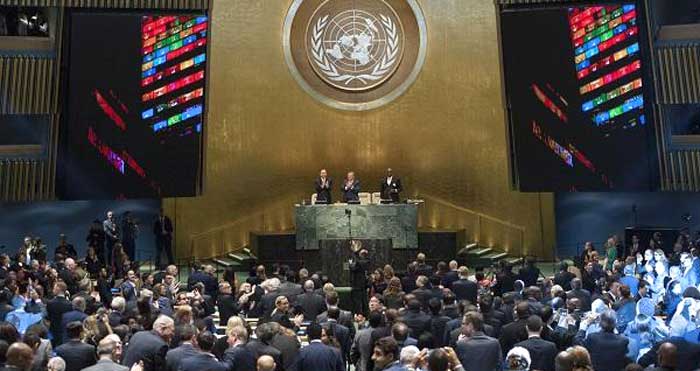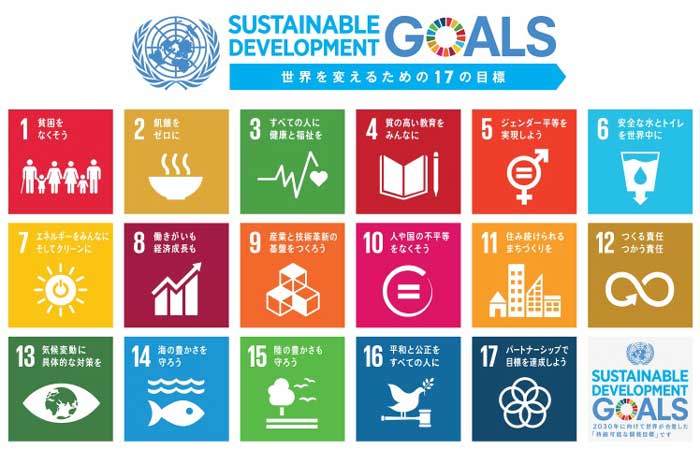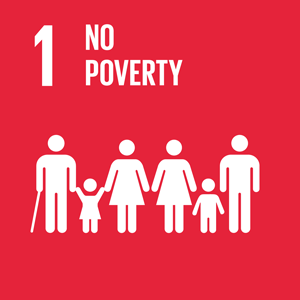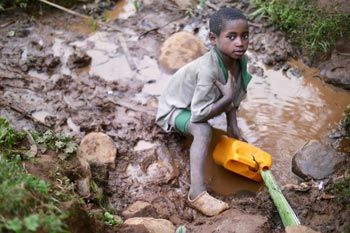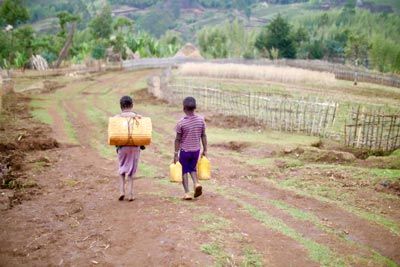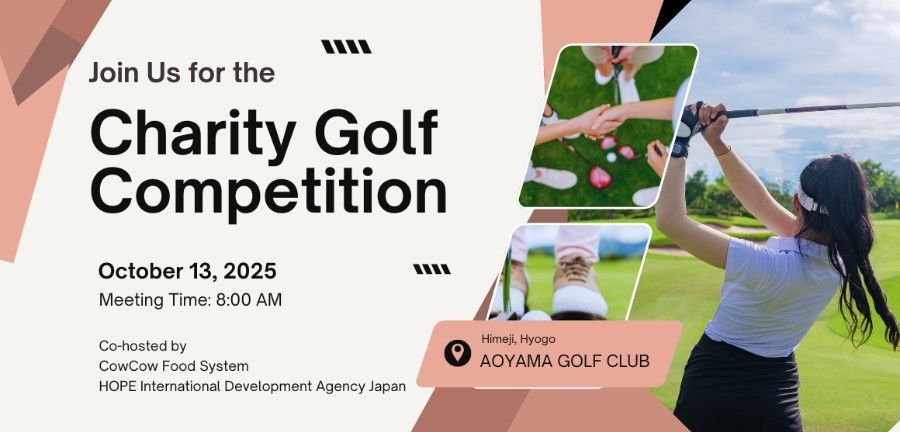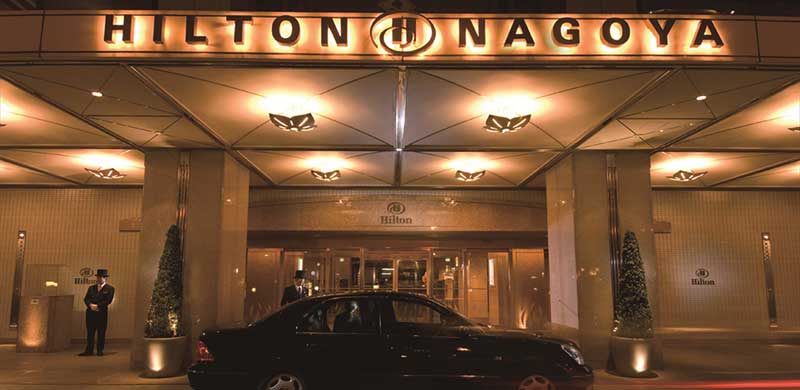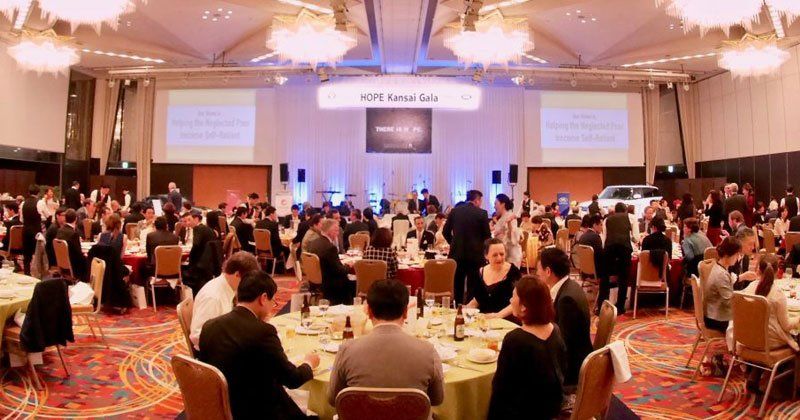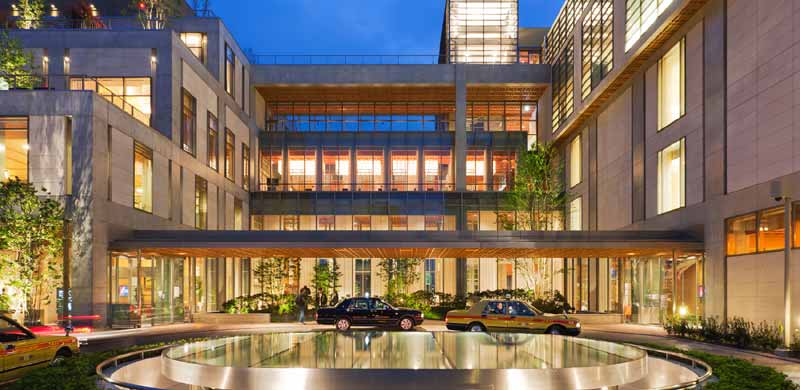SDGs and HOPE Undertakings
In 2015, SDGs (Sustainable Development Goals) were enacted at the UN General Assembly, and have recently been getting a lot of public attention. The term SDGs has now spread to various industries, and steps are being taken to achieve these goals by 2030.
If you are involved in development, you may have heard of the MDGs (Millennium Development Goals). These were the eight goals that the UN set to achieve by 2015, including an end to extreme poverty and hunger.
Unlike the MDGs which focused on development issues in developing countries, SDGs with its 17 goals, encompasses the development of the whole international community including developed countries, and also includes a pledge to “leave no one behind.” The SDGs are goals that all countries, not just developing ones, but also developed ones, have pledged to work on. In Japan, NGOs and NPOs, as well as governments, companies and schools have begun work towards achieving the SDGs.
HOPE, in providing clean water in developing countries, is working on SDG goal #1, that is, to "end poverty in all its forms everywhere" and goal #6, which is, to "ensure availability and sustainable water management and sanitation for all."
Why Clean Water?
In areas where clean water and supply infrastructure is not in place, people rely on rivers, lakes and pools of water for their daily needs. However, it is dangerous to use the water in which animals are bathed, washed, in which sludge is mixed. Children with poor immunity and those who are malnourished when drinking such contaminated water are putting their lives at risk to diseases like diarrhea and typhus. Furthermore, women and children who spend many hours a day fetching water are deprived of social advancement and educational opportunities.

